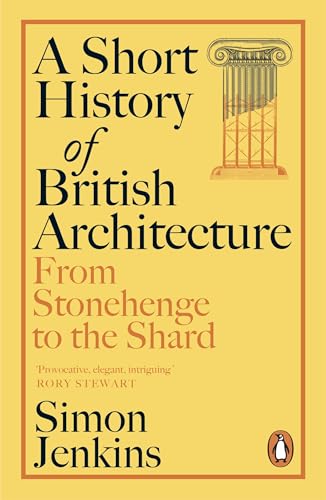What do you think?
Rate this book


320 pages, Paperback
Expected publication January 13, 2026
I want people to point at buildings, laugh, cry or get angry. I want them to hate and to love what they see. I want them to speak architecture.
Scott submitted an initially Gothic proposal... the Liberal opposition leader, Lord Palmerston, took up the cudgels to stop it. To him, Scott was 'going back to the barbarism of the Dark Ages for a building which ought to belong to the times in which we live'. He said this in the new parliamentary chambers whose Gothic style had been chosen specifically for its Britishness.